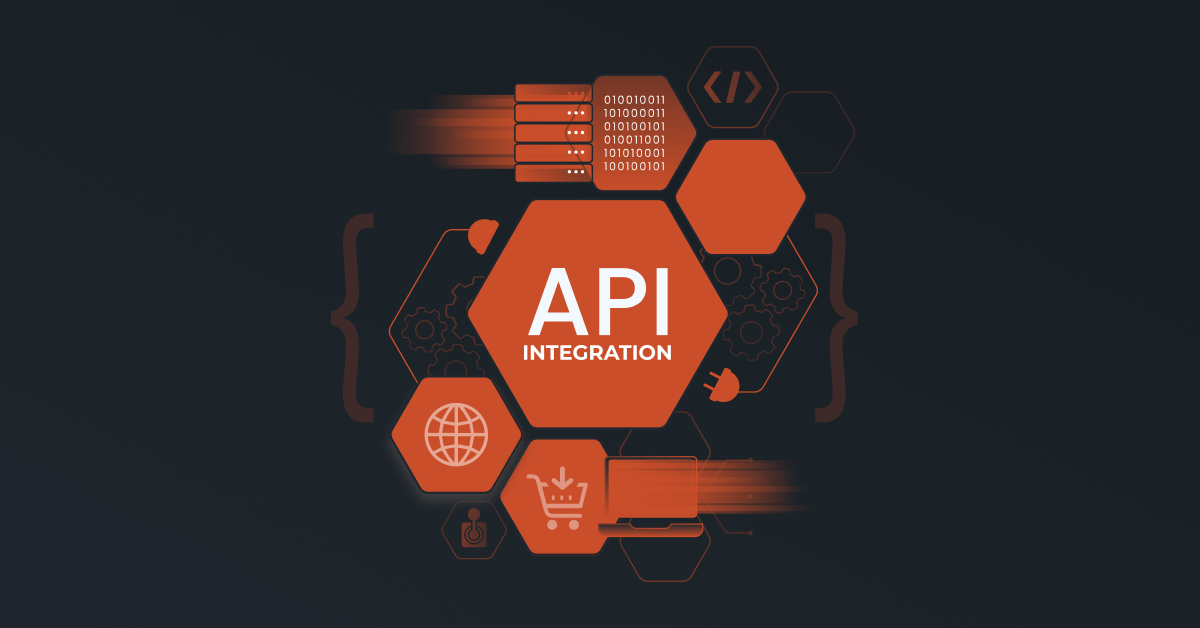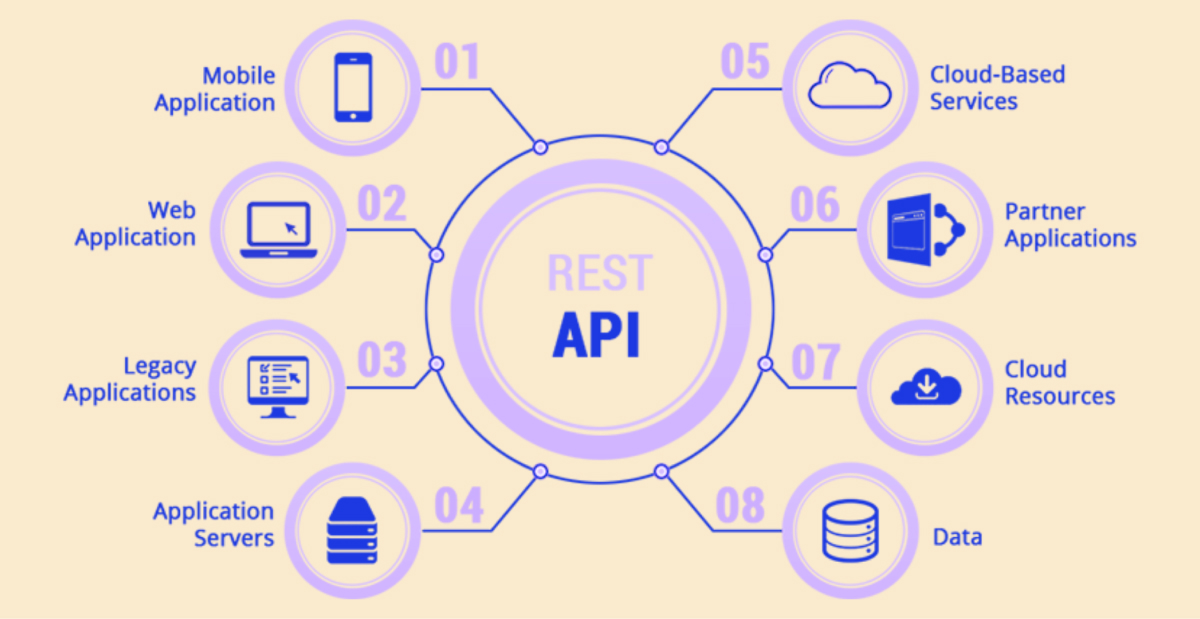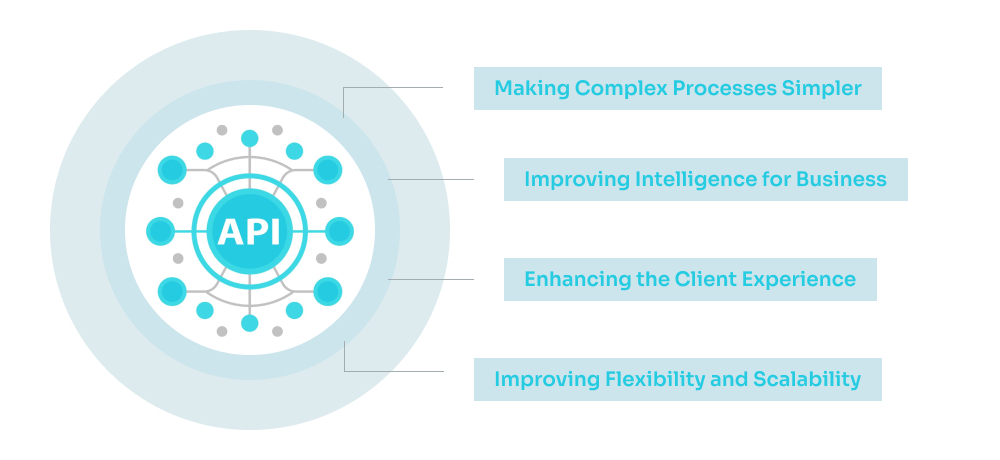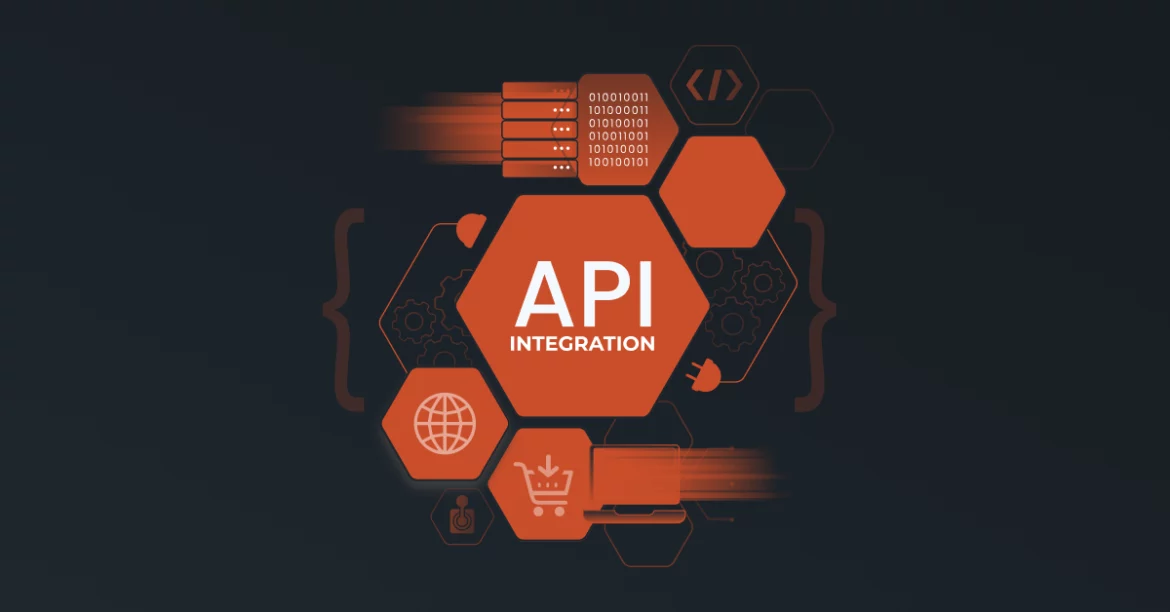
You’ve undoubtedly heard a lot about APIs and API integrations, whether you work in the operations or marketing departments. The process of integrating several software systems or apps via their APIs so they may exchange data and interact with one another is known as API integration. These words have been the “buzz” in IT departments as more businesses adopt the digital transformation trend in recent years. You may not understand what APIs or API integrations are if you’re not a developer or don’t work in the IT department. Here are important lessons to learn regarding API integration:
- API integrations support digital transformations by facilitating communication between apps.
- Data communication is made possible via APIs; REST APIs are the most widely used because of their adaptability.
- Using established protocols, testing often, and putting security first are all examples of best practices for API integration.
- Integration management systems, connector tools, or manual code may be used to create API integrations.
- Automation, open standards, better customer experience, scalability, and fostering corporate innovation are some of the themes in API integration for 2023.
API Consolidation in Brief
The data linkages known as API integrations enable various services or apps to speak with one another via their APIs (Application programming interfaces). The many apps, microservices, micro apps, and SaaS platforms that comprise a more extensive application (or broader IT ecosystem) would only be able to connect and communicate with these interfaces. That provides a broad picture of API integrations. We must begin with the fundamentals and study APIs and REST APIs to comprehend more deeply.
What Are APIs?

Application programs interface by exchanging data via sets of definitions, protocols, and instructions known as APIs. Each API provides various services (also known as endpoints) for the application or service that runs behind it. These API endpoints allow other programs to interact, communicate, and give instructions to the application. Additionally, human-readable documentation is often included with APIs. Developers may use this documentation to learn how to write requests and instructions their system can send to the API to access its services. Consider a restaurant as an application component to understand the notion of APIs better.
The API is the waiter who processes your requests. The API documentation is the menu that explains what you can request and how to do so. You know what you can ask the API to do, like bring you a drink or a hamburger, and you know how to frame the request after reading the menu (API documentation). You need to understand how the restaurant (application component) runs. Any restaurant may be entered; the menu is rapidly perused, and your order is placed.
Similarly, developers don’t have to understand how the application component works. They do not need to know the language of the application’s programming. All they have to do is understand which services the API exposes and how to access them. With this information, developers may rapidly construct the code to connect their system to another system’s API. Finally, API integration is the programming that allows two APIs to communicate. The distinction between APIs and UIs (User interfaces) must be made. Humans interact with software using user interfaces, or UIs. Applications communicate with one another using APIs.
What Are REST APIs?

The most widely used cloud-based SaaS platforms and web-based services (Salesforce, SAP Concur, office 365, etc.) often provide REST APIs that let other applications and systems interface with them. “REST” (Representational State Transfer)- compliant APIs follow guidelines and requirements. REST has emerged as the most widely used method of application integration in recent years. REST APIs Make Up About 80% of All APIs. The most commonly used API is now REST, which is more versatile and straightforward to learn than SOAP, an earlier standard that employs the XML message language. They also utilize HTTP URLs rather than XML and the well-known HTTP protocol. REST APIs depend on the following four elements to function:
- An API-enabled online application or service
- A distant server
- An inquiry was sent to the API
- The function or data that was returned in response to the request
Interoperability is one of the main benefits of using REST APIs. The platform on which software operates and the language in which it was created is irrelevant. When two systems communicate via the well-known HTTP instructions, a REST API may function as a standard interface. REST APIs enable end-to-end communication between various apps using an easily understandable and straightforward protocol.
The Best Methods for Integrating APIs

For an API integration to be successful, more than simply linking two systems is needed; continual administration, meticulous execution, and strategic planning are all necessary. Here are some recommended practices to consider to help guarantee the success of your API integration initiatives.
Set Priorities. Safety
Prioritizing security is crucial when integrating APIs. Ensure the API is secured. Usually, token-based authentication and all data transfers are encrypted. Examine and upgrade your security measures regularly to stay ahead of emerging threats.
Employ Standard Procedures
Use industry-standard protocols such as REST or SOAP to guarantee interoperability and simplicity of integration. REST is a popular option for many enterprises because of its ease of use and broad support.
Create with Scalability in Mind
Think about how you may need to grow your integration later on. Your demands for API integration will probably alter as your firm expands. Consider this while designing your APIs, allowing scalability and flexibility as your requirements change.
Handling and Recording Errors
Fast problem diagnosis and resolution depend on efficient error handling and logging. Ensure that all API requests are recorded for future reference and that your APIs provide helpful error messages.
Documentation
Good documentation is essential for successful API integration. It guarantees that developers are aware of the API’s accessible endpoints, data format, and error-handling procedures.
Frequent Examination
It’s essential to test often to ensure your API connectors operate correctly. Functional, security, and performance testing are all included in this. Automated testing might be helpful to ensure that this is done entirely and consistently.
Adhering to these best practices may increase your API integrations’ efficiency and improve your systems’ scalability, security, and performance.
Advantages of API Integration

Businesses always look for ways to improve operations, get a competitive edge, and provide better consumer experiences in the ever-changing digital world. API integration is one such tactic that has become rather popular. This technology fosters innovation, better consumer experiences, increased corporate intelligence, and efficient processes by bridging the gap between diverse systems. This piece explores the many advantages of API integration and shows how it can be an effective tool for companies aiming for digital leadership.
Making Complex Processes Simpler
API integration is an essential component of streamlining intricate corporate procedures. By integrating several software programs, businesses may automate processes and lessen the need for human data entry, which can be error-prone and time–consuming.
For instance, an enterprise might use API integration to optimize its customer support and sales procedures. The sales software may automatically transmit information to the customer service software to update the customer’s purchase history and to the inventory system to update stock levels when a customer puts in an order.
Improving Intelligence for Business
API integration significantly improves business intelligence by combining data from many sources more efficiently. Businesses can make better decisions by comprehensively understanding their operations, consumer behavior, and market trends.
An API, for example, may get information from website analytics tools, social media platforms, and CRM systems, combining all of the data into one analytics platform. Businesses can see trends and insights from this unified data perspective, which would take more work to find from separate data sources.
Enhancing the Client Experience
API integration may be a game changer at a time when client expectations are constantly growing. It helps companies provide a smooth and customized consumer experience over various contact points.
APIs, for instance, may be used by a retail company to link its online and physical storefronts. Businesses may also use APIs to check real-time inventory data as consumers browse things online and notify them whether the product is available at a shop near them. After that, the buyer can pick up the item from the shop or purchase it online.
Improving Flexibility and Scalability
Businesses may quickly add features and functionality to their current systems using API connectivity. This adaptability is essential in a corporate environment that changes frequently since swiftly adapting to new market trends and client needs may be a significant competitive advantage.
An e-commerce company may, for instance, use an API to include a new payment Gateway into their platform, giving their consumers more payment choices and improving the whole online purchasing experience.
Conclusion
You now understand how developers integrate APIs to link apps and firmly grasp API integration. As we have covered, the applications of API integrations in microservices-based systems and IT infrastructure are diverse and many. You must comprehend the prevalent methods of API integration and any prospective benefits or drawbacks.


